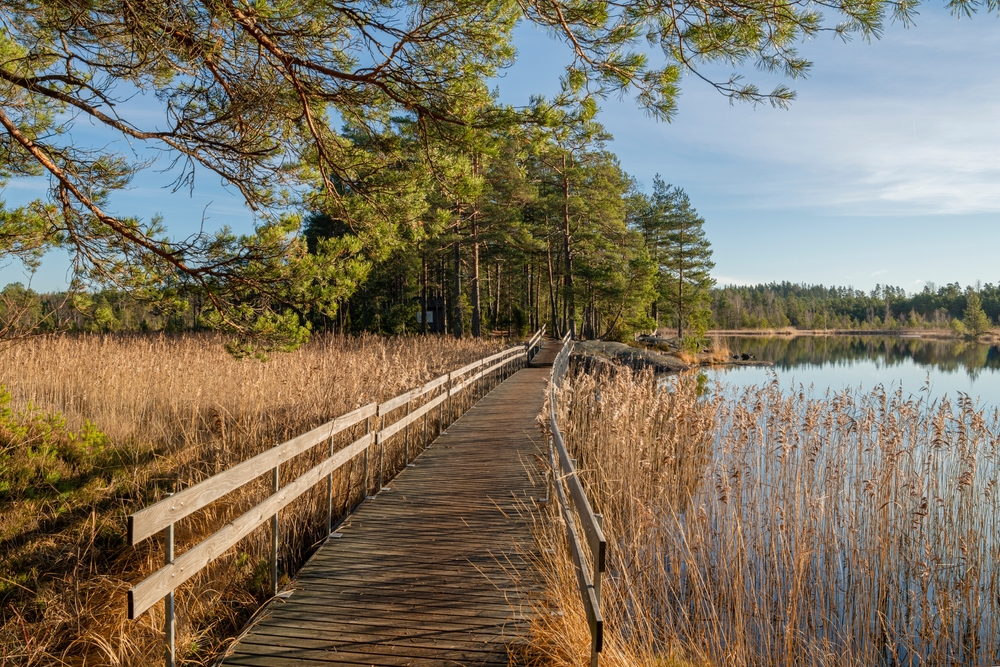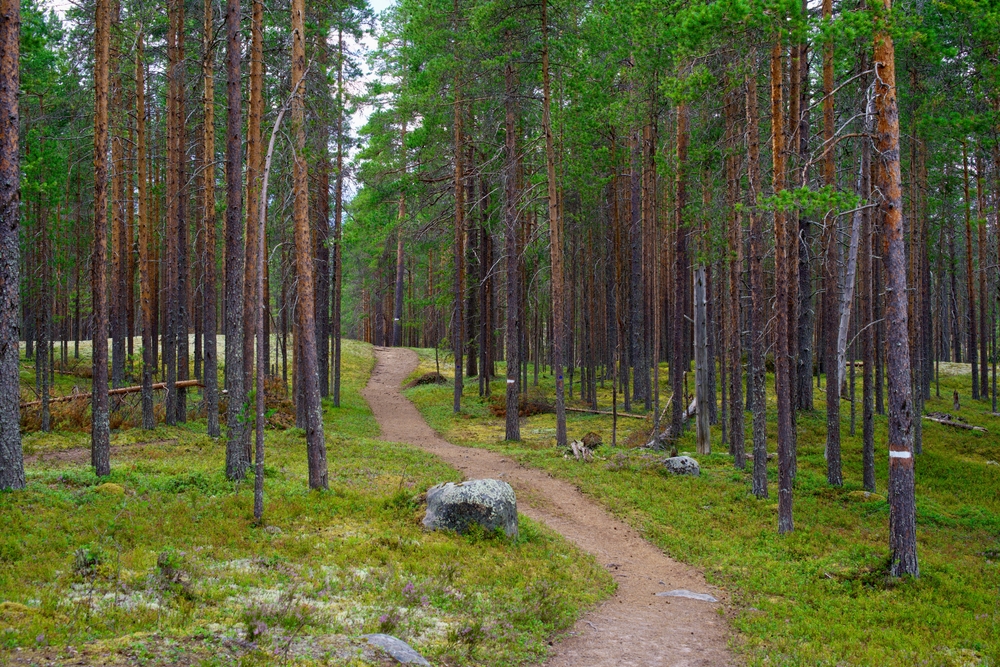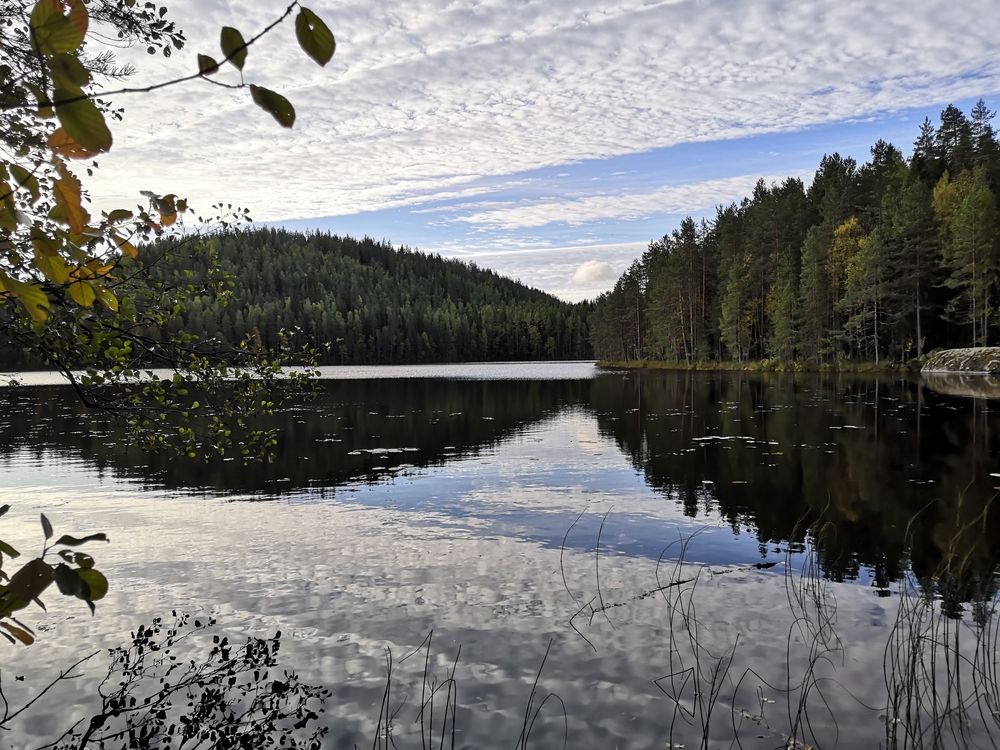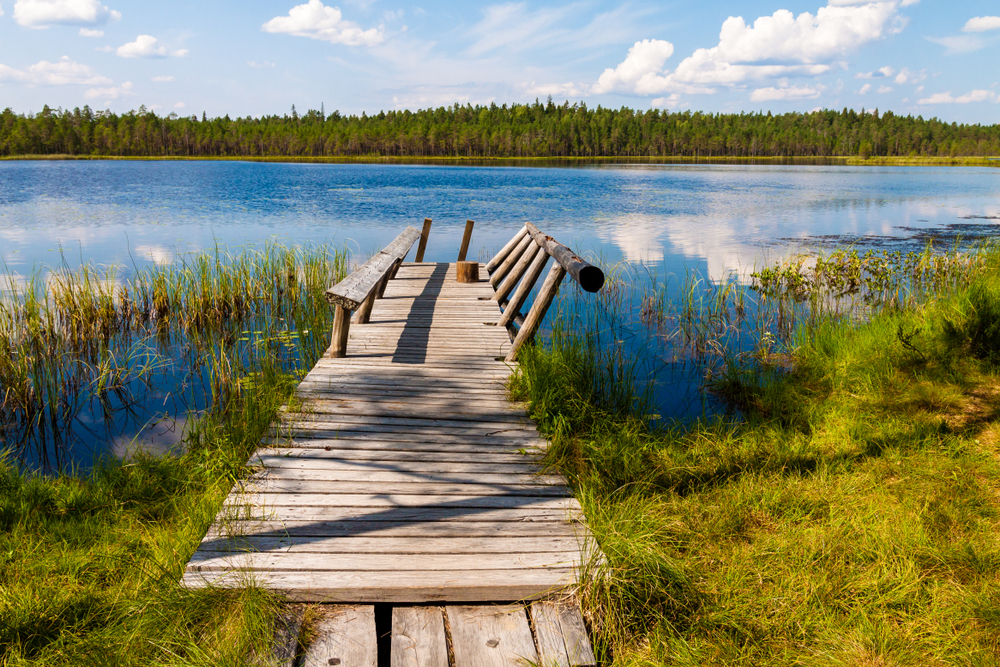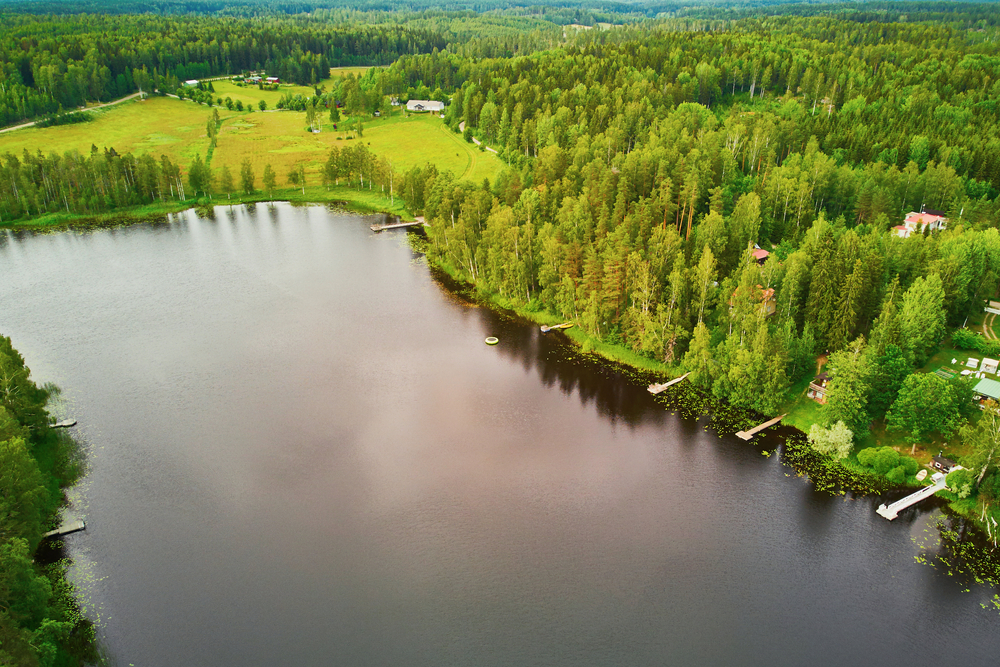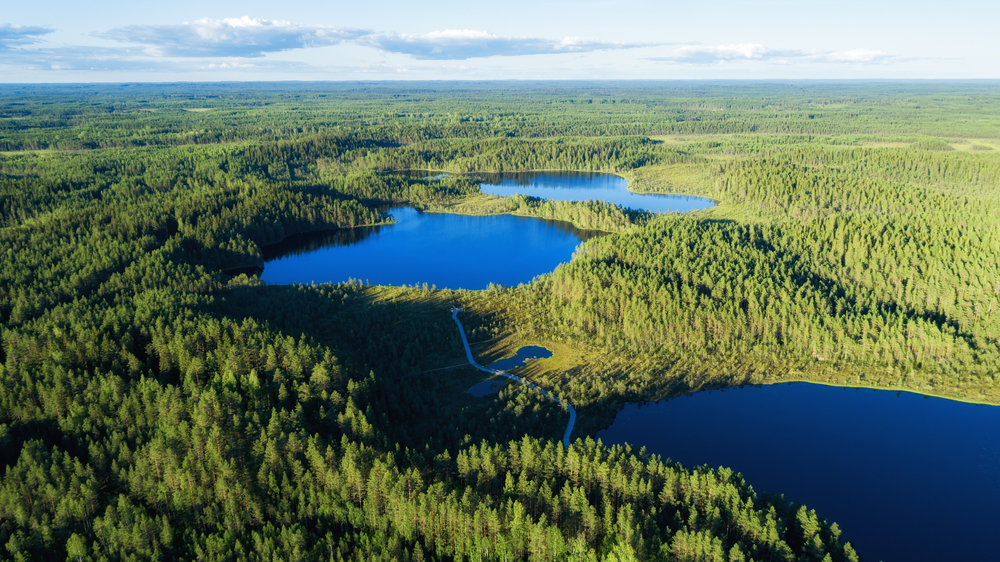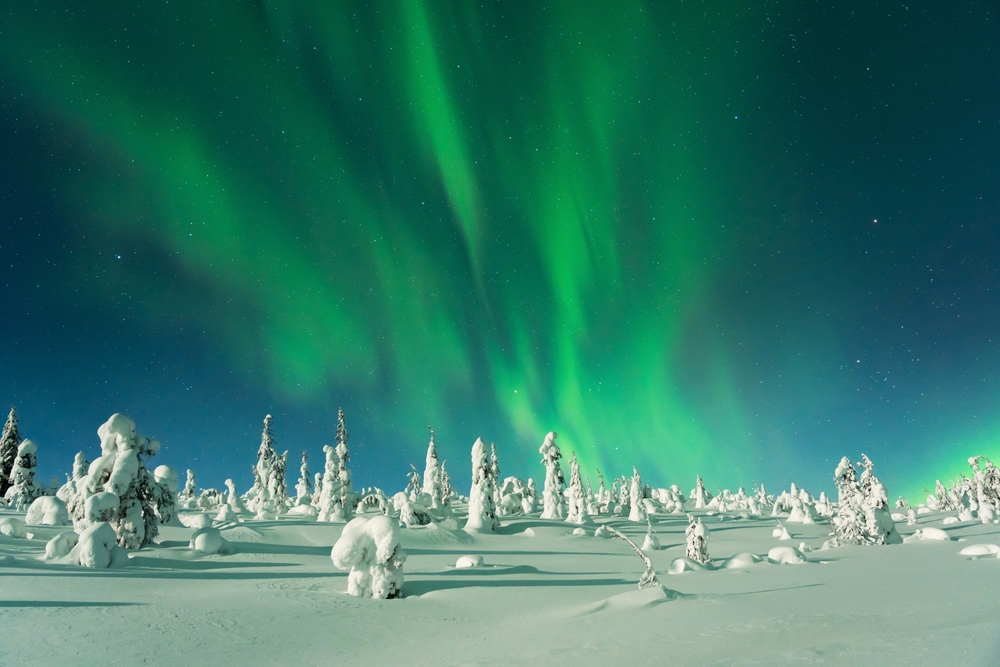Teijo Overview
Teijo National Park, or Teijon Kansallispuisto in Finnish, is a scenic protected area located in southwestern Finland, covering approximately 62 square miles (161 square kilometers). Situated near the towns of Salo and Kemiönsaari, this national park offers a diverse and varied landscape, featuring dense forests, sparkling lakes, wetlands, and rocky shores along the Baltic Sea.
The terrain consists of rolling hills and ridges formed by ancient glaciers, with some of the most striking natural features being Lake Matildanjärvi, Lake Hamarinjärvi, and the rugged outcrops of the Teijo uplands.
The park’s vegetation is a mix of coniferous and deciduous forests, with towering pines, spruces, and occasional birches forming a canopy over lush undergrowth. Wetland areas add to the biodiversity, supporting mosses, ferns, and rare plant species that thrive in the cool, humid environment.
Teijo National Park is home to a variety of wildlife, making it a prime location for nature enthusiasts and wildlife watchers. Among the larger mammals, visitors may spot moose, roe deer, and red foxes moving through the forested regions, while smaller species such as badgers and hares are also commonly seen.
The park is particularly notable for its birdlife, with over 100 recorded species, including the white-tailed eagle, black woodpecker, and Eurasian eagle-owl. Waterfowl such as the whooper swan and common goldeneye can often be observed on the park’s lakes and marshes, adding to the rich diversity of avian species. Birdwatching is especially rewarding during migration seasons when large numbers of birds pass through the region.
One of the most popular features of Teijo National Park is its network of well-maintained hiking trails, which allow visitors to experience the park’s natural beauty up close. The trails range from short, family-friendly loops to more challenging routes that take hikers through varying landscapes, including rocky ridges, lakeshores, and deep woodlands.
The park is also known for its traditional Finnish wilderness huts and lean-to shelters, where hikers can rest and even stay overnight. The lakes provide excellent opportunities for canoeing, kayaking, and fishing, with designated areas for those looking to catch perch and pike. During winter, cross-country skiing and snowshoeing offer a different way to explore the park, transforming the landscape into a serene, snow-covered wonderland.
Teijo National Park has been successfully managed with conservation in mind, ensuring the preservation of its delicate ecosystems. One of its major conservation successes is the restoration of wetland habitats, which has improved biodiversity and supported the recovery of certain bird and amphibian populations.
However, the park faces challenges such as the impact of climate change, which affects local ecosystems, and balancing increasing visitor numbers with conservation efforts. The Finnish authorities actively work on sustainable tourism initiatives to protect the park’s natural beauty while allowing people to experience its unique environment.
By promoting responsible outdoor activities and environmental awareness, Teijo National Park continues to be a haven for both wildlife and visitors seeking tranquility in nature.








































































